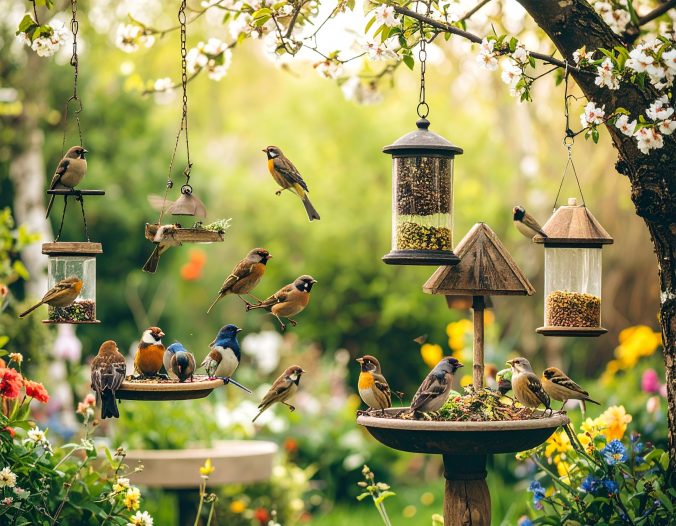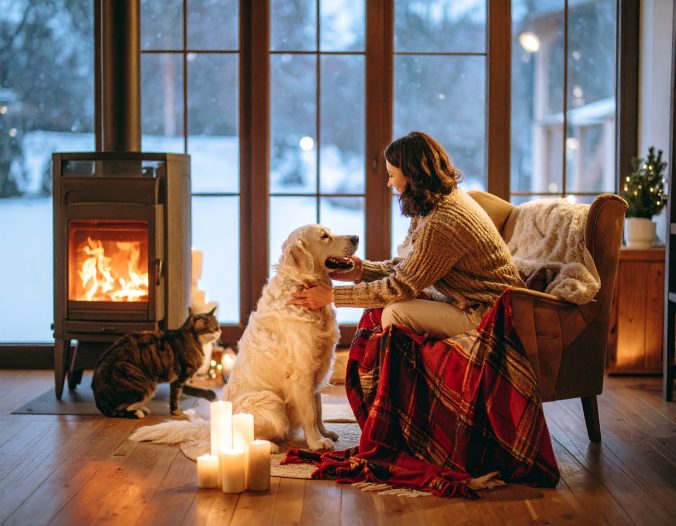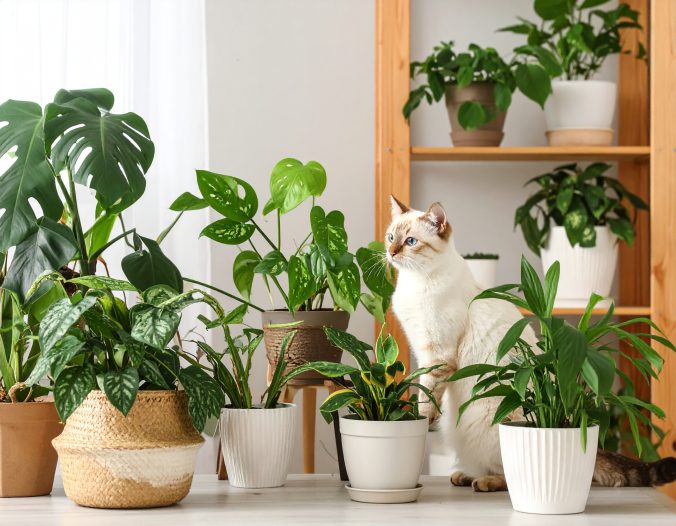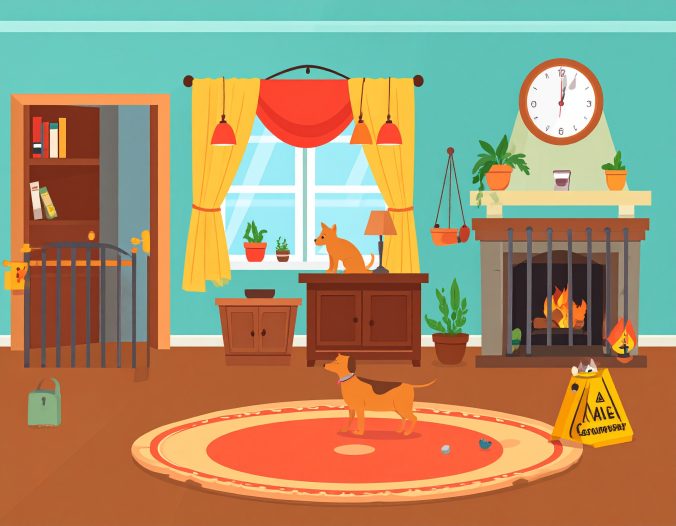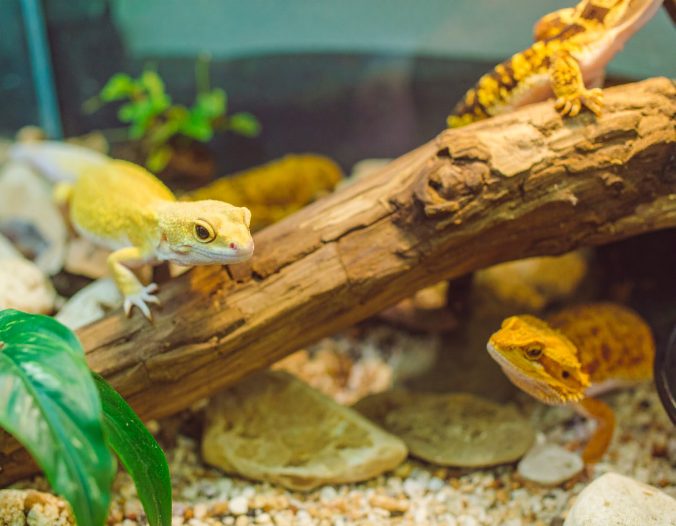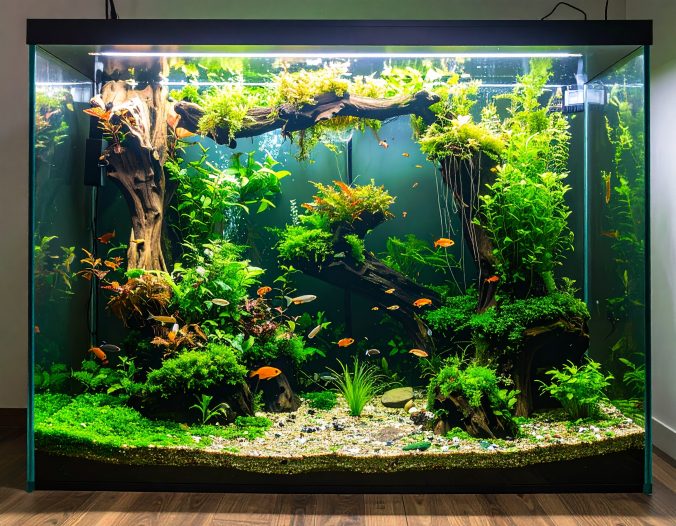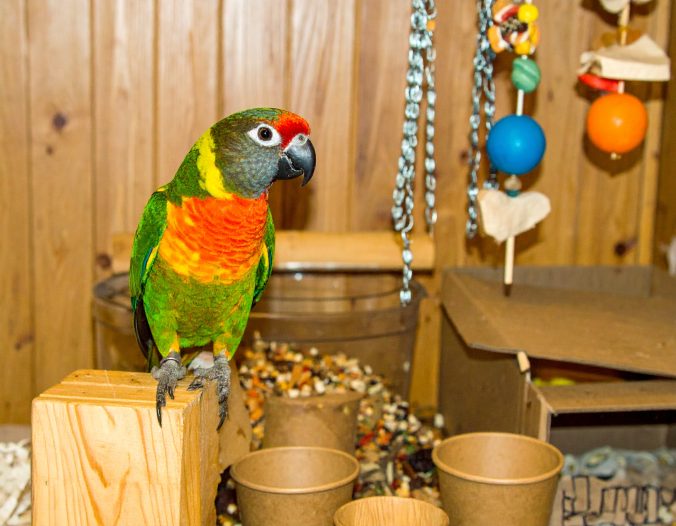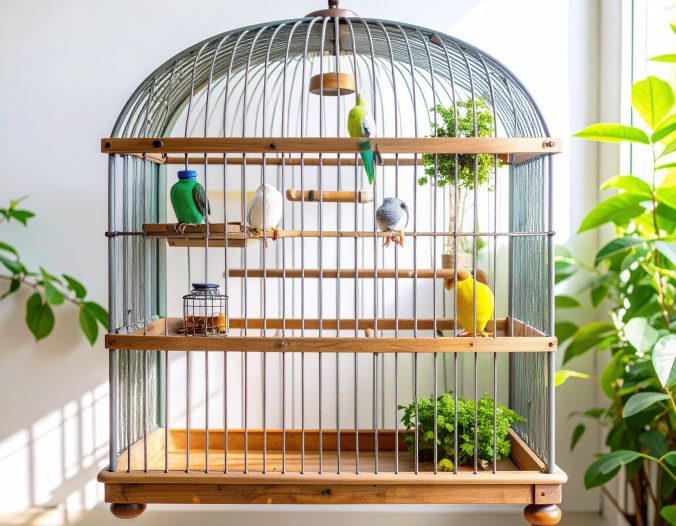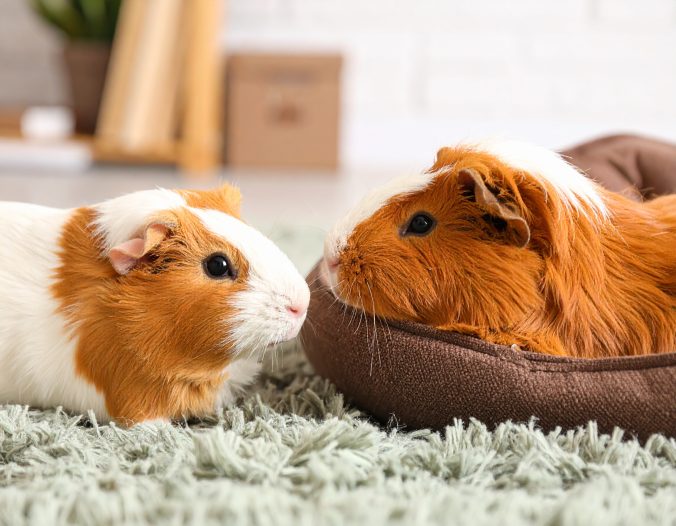There’s something magical about hearing birdsong in your garden or spotting a flash of colour at the feeder. Whether you live in the city or countryside, you can turn your outdoor space into a safe, welcoming sanctuary for wild birds — and enjoy the reward of seeing nature thrive right on your doorstep.
Here’s how to make your garden bird-friendly all year round, no matter the size of your space.
1. Provide Food All Year, Not Just in Winter
Many people put food out for birds in winter, but they need support throughout the year — especially during spring (breeding season) and autumn (when they’re building up energy for colder months).
What to offer:
- Winter: High-energy foods like suet balls, sunflower hearts, and peanuts.
- Spring & Summer: Seed mixes, mealworms, and soft fruits.
- Autumn: Fat-rich foods to help birds prepare for colder weather.
Always use bird-safe feeders and clean them regularly to prevent disease.
2. Create Safe Nesting and Shelter Spots
A bird-friendly garden isn’t just about food — it’s about safety.
- Put up nesting boxes for species like blue tits, robins, and sparrows.
- Plant shrubs and hedges for natural shelter (hawthorn, holly, and ivy are excellent choices).
- Leave some wild corners — long grass or log piles provide cover and attract insects, which are a vital food source.
3. Offer a Fresh Water Source
Birds need water for drinking and bathing, even in winter.
- Add a bird bath — it can be as simple as a shallow dish.
- Top up regularly and break ice in cold weather.
- Place it near cover (like shrubs), so birds feel safe when using it.
4. Grow Bird-Friendly Plants
Your planting choices can make a big difference:
- Berry-producing plants: Rowan, elder, and cotoneaster provide natural food.
- Wildflowers: Attract insects, which many birds rely on.
- Seed-head plants: Sunflowers and teasels give birds extra feeding options.
Native plants tend to be the best choice for supporting local wildlife.
5. Avoid Chemicals
Pesticides and herbicides can harm birds directly or by killing off their food sources (insects). Instead:
- Opt for organic pest control like companion planting.
- Accept a bit of “wildness” — it’s better for the ecosystem.
6. Keep Cats and Predators in Mind
If you have cats, try:
- Using bell collars to warn birds.
- Positioning feeders high and away from ambush points like fences or dense shrubs.
Seasonal Checklist
- Spring: Provide nesting materials (like pet-safe wool or twigs) and high-protein food.
- Summer: Keep water topped up and shaded.
- Autumn: Add berry plants and put out fat-rich foods.
- Winter: Feed regularly and break ice on bird baths.
Final Thought:
Creating a bird-friendly garden doesn’t require a huge space or budget. With a few thoughtful changes — from feeders and nesting boxes to safe planting — you’ll soon have a garden buzzing with birdlife all year round. It’s good for the birds, great for the planet, and endlessly rewarding for you.

